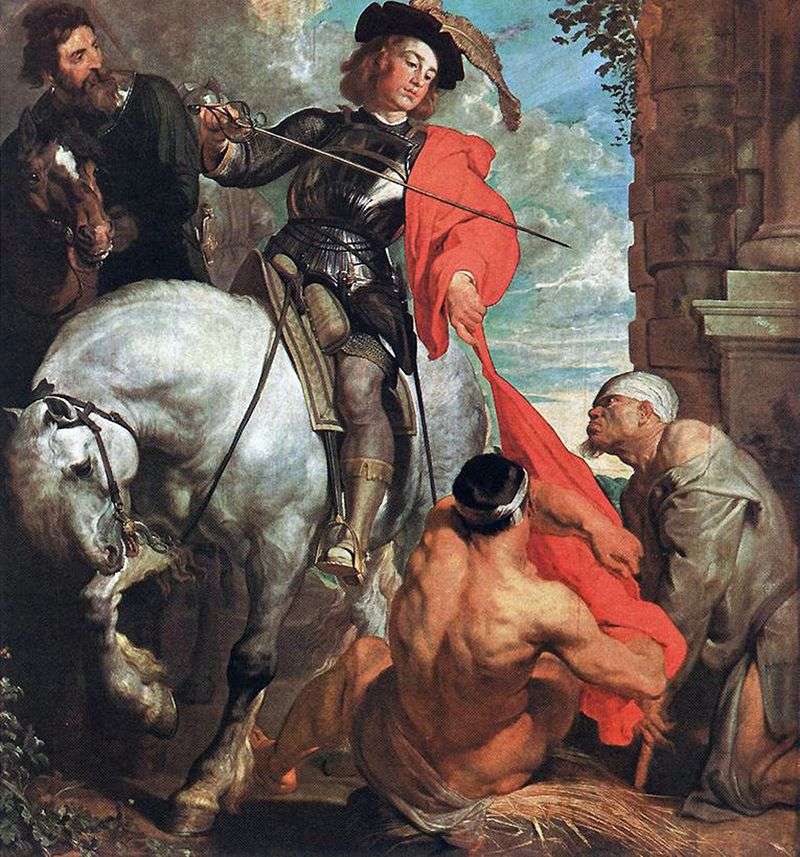
Painting Van Dyck “St. Martin and the Paupers” hitherto hangs above the main altar of the church in Zaventem, for which it was ordered by the owner of the local castle.
According to a long tradition, this canvas, as well as the “Holy Family” written for the same church, was created in the few months of 1621 that Van Dyck spent in Flanders between returning from England and leaving for Italy. Here, too, Rubens’ influence is clearly visible, not only in the general scheme, but also in individual figures, for example, in muscular beggars. The composition is much more successful than in “Carrying the Cross”: Van Dyke did not succumb to the temptation to overload the picture with figures. Especially graceful is the line formed by St. Martin and his horse.
The position of the horse and the pose of the rider are borrowed by Van Dyke from one of the figures from the engraving on the tree of Domenico delle Greke according to Titian’s drawing “Crossing the Black Sea.” Van Dyck could fully see the print from this engraving in the collection of Rubens. He made a drawing of this section of a large multi-sheet engraving in his Italian album, which is more likely to be the case that the album was started in Antwerp before leaving for the South.
The artist also wrote the second version of “St. Martin”. The repeated repetition of the most important works is a characteristic feature of Van Dyck’s creativity in these years and eloquent confirmation of the huge demand for his canvases. To some stories he, like obsessed with them, returned especially often.
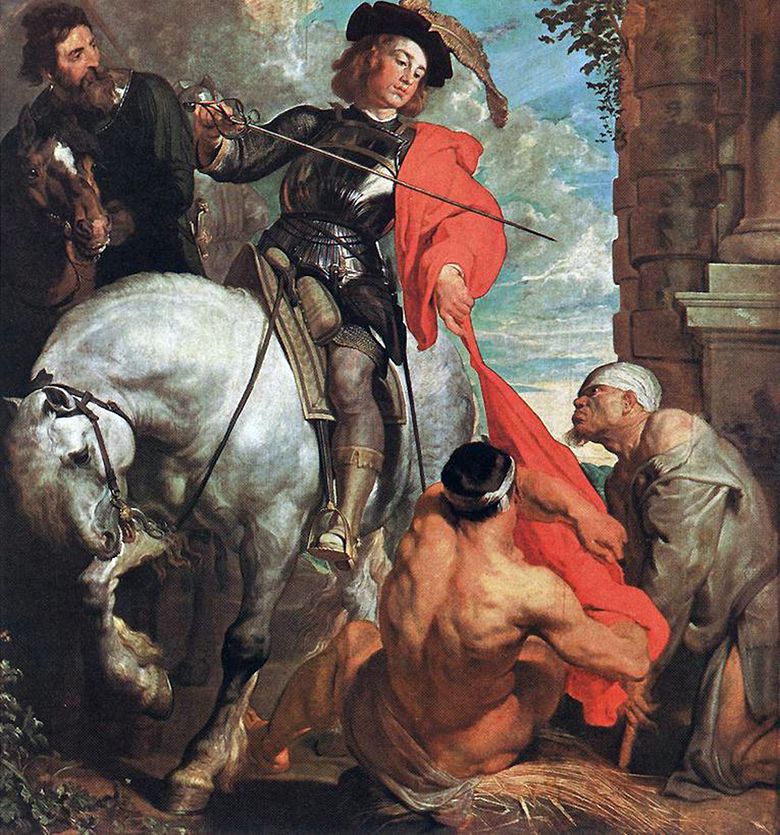 Saint-Martin et les pauvres – Anthony Van Dyck
Saint-Martin et les pauvres – Anthony Van Dyck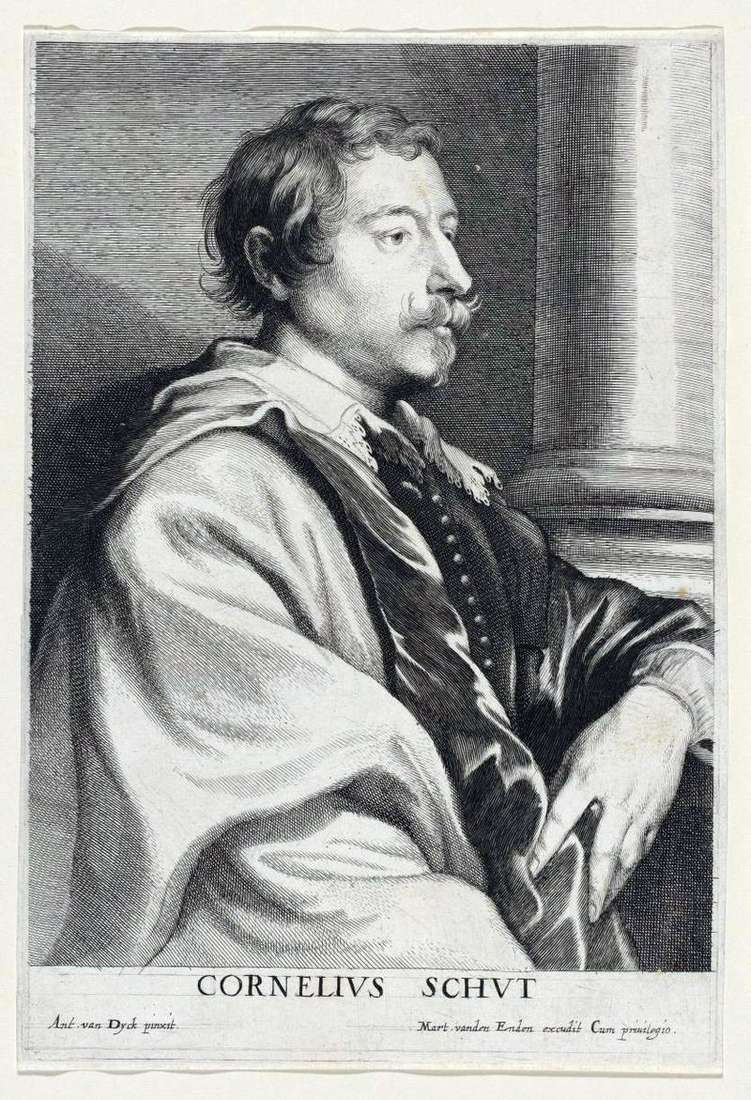 Portrait of Cornelis Shata by Anthony Van Dyck
Portrait of Cornelis Shata by Anthony Van Dyck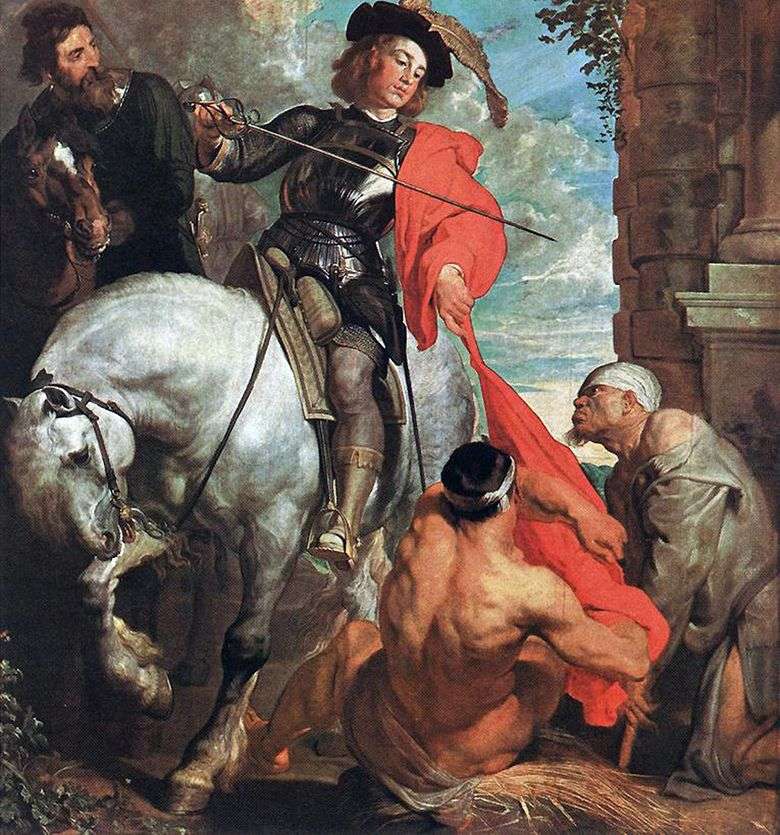 San Martín y los mendigos – Anthony Van Dyke
San Martín y los mendigos – Anthony Van Dyke Triumph of Silenus by Anthony Van Dyck
Triumph of Silenus by Anthony Van Dyck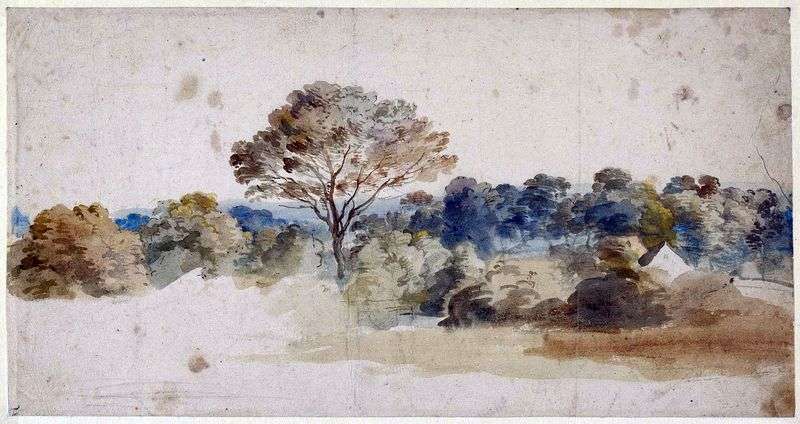 Landscape by Anthony Van Dyck
Landscape by Anthony Van Dyck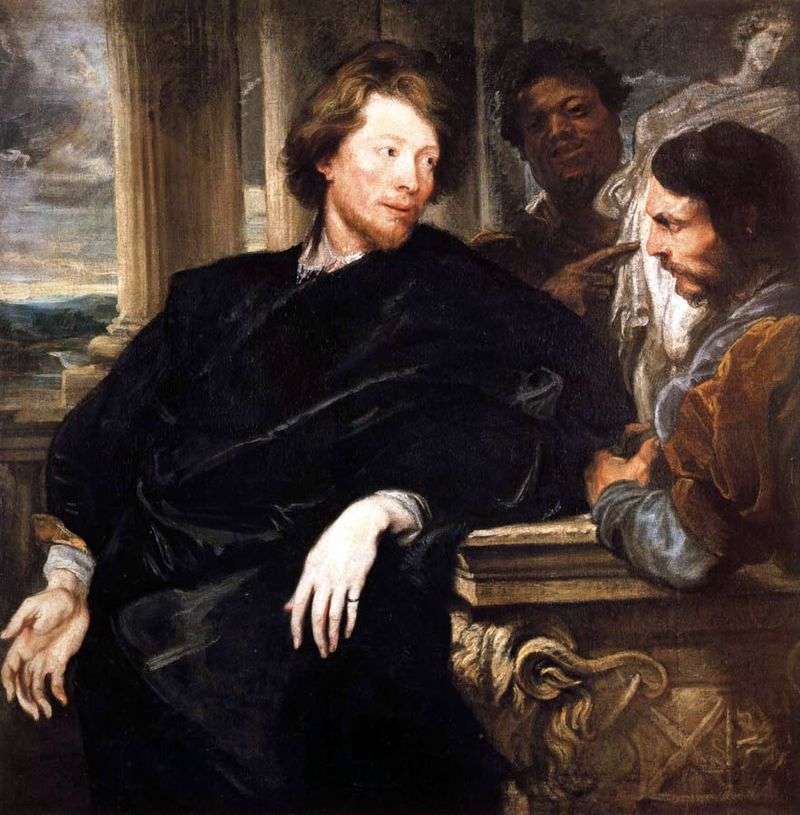 George Gage with two assistants by Anthony Van Dyck
George Gage with two assistants by Anthony Van Dyck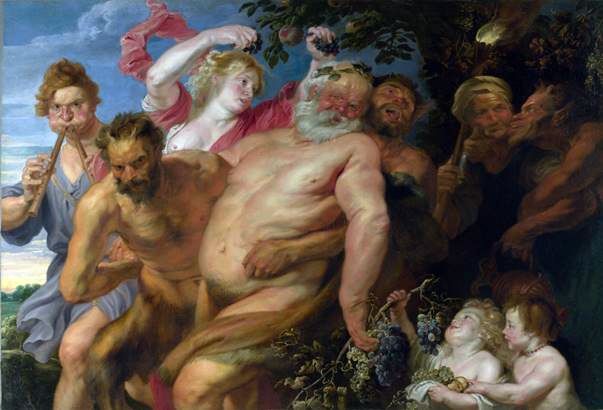 Triomphe de Silène – Anthony Van Dyck
Triomphe de Silène – Anthony Van Dyck Equestrian portrait of Charles I by Anthony Van Dyck
Equestrian portrait of Charles I by Anthony Van Dyck